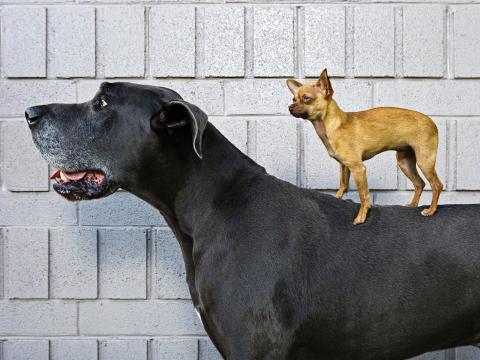How do our understandings of animals inform what it means to be human? This interdisciplinary course will combine contemporary issues in Animal Studies with early modern literature, art, science, and philosophy that explored newly emerging practices like pet-keeping, vegetarianism, species and racial classification, and zoo displays.
The early modern period (16th-18th centuries) saw increased contact between Europe and other parts of the globe, and hence, the infusion of foreign characters, fashions, and perspectives into the world of Western literature. So-called discoveries of new worlds, cultures, and species lent themselves to literary innovations in narration—imagine the world as seen through the eyes of a pet monkey, parrot, or well-traveled poodle. Such animal-centric narratives mark a heightened consciousness about human-animal relations, and differences between European and non-European cultures and races. Readings will cover a range of 18th-century genres: Jonathan Swift's satiric novel Gulliver’s Travels; poetry by Alexander Pope, William Cowper, and Anna Barbauld;
natural histories by Linnaeus and Buffon; and even religious vegetarian
manifestos.
This course will introduce you to three key spheres of knowledge: 1) 18th century literature 2) Ideas about animals in the early modern period 3) contemporary Animal Studies. Course requirements include: class presentations, 2 short essays of 2-3 pages, and a 12-15 page final research paper.

 Department of English
Department of English
